This Sourdough Starter is pretty darn easy to do and a great option for delicious homemade baked goods! A sourdough starter doesn’t have to be a chore, and the end result is worth the patience in the beginning. If you like homemade treats try my Sourdough Pretzels!
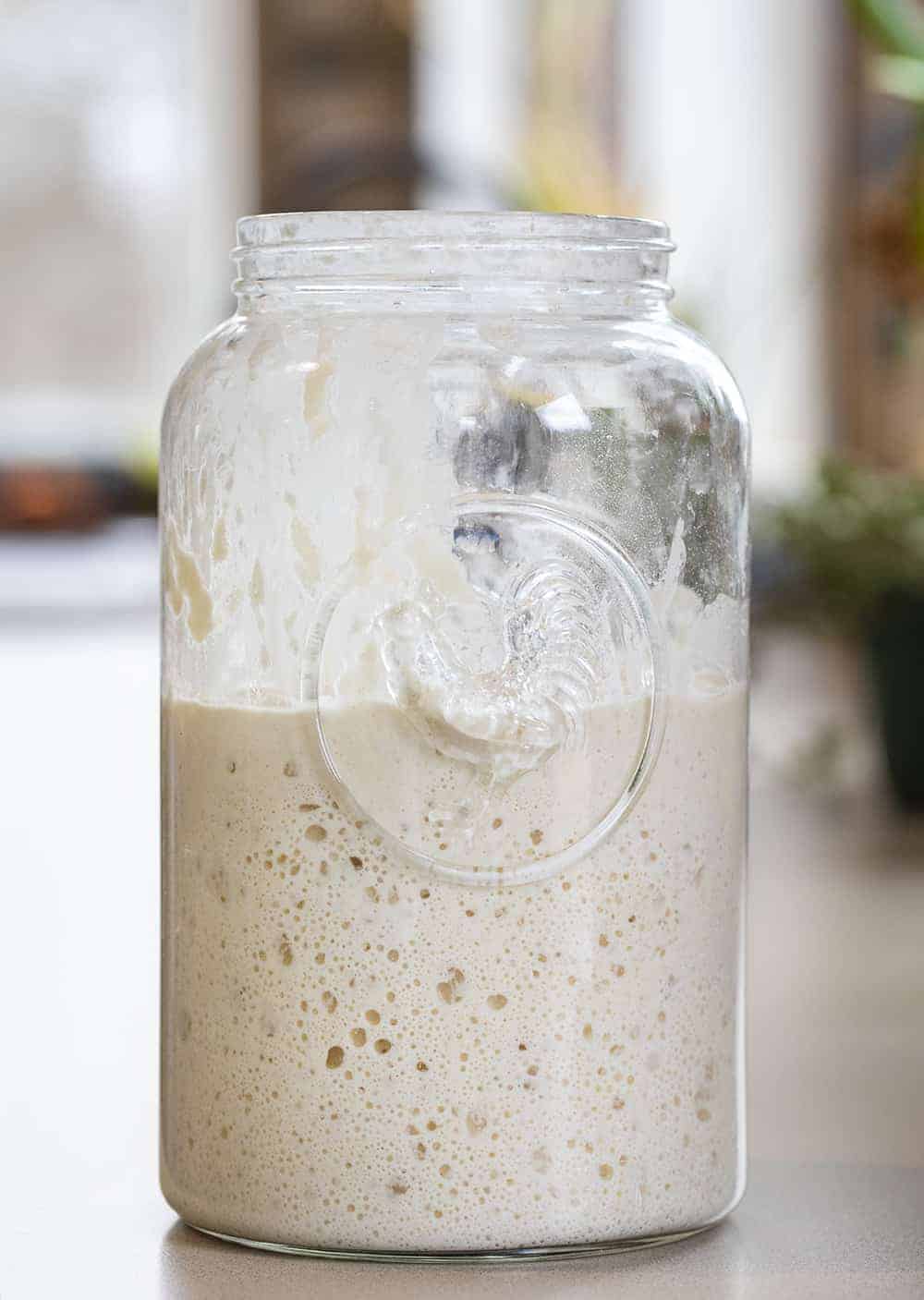
Sourdough Starter
I have to start out by saying that this is how *I* do a starter. I have watched every expert under the sun and read every book and let me tell you something… they are all different. So I have been testing and testing and retesting and using life experience to determine what works best for me. Well, I finally decided on what worked best for me, and it could not be easier and straight forward. The ingredients are simple: flour and water. And, with just two measurements to remember, the feeding is a piece of cake (or should I say bread😉) as well!
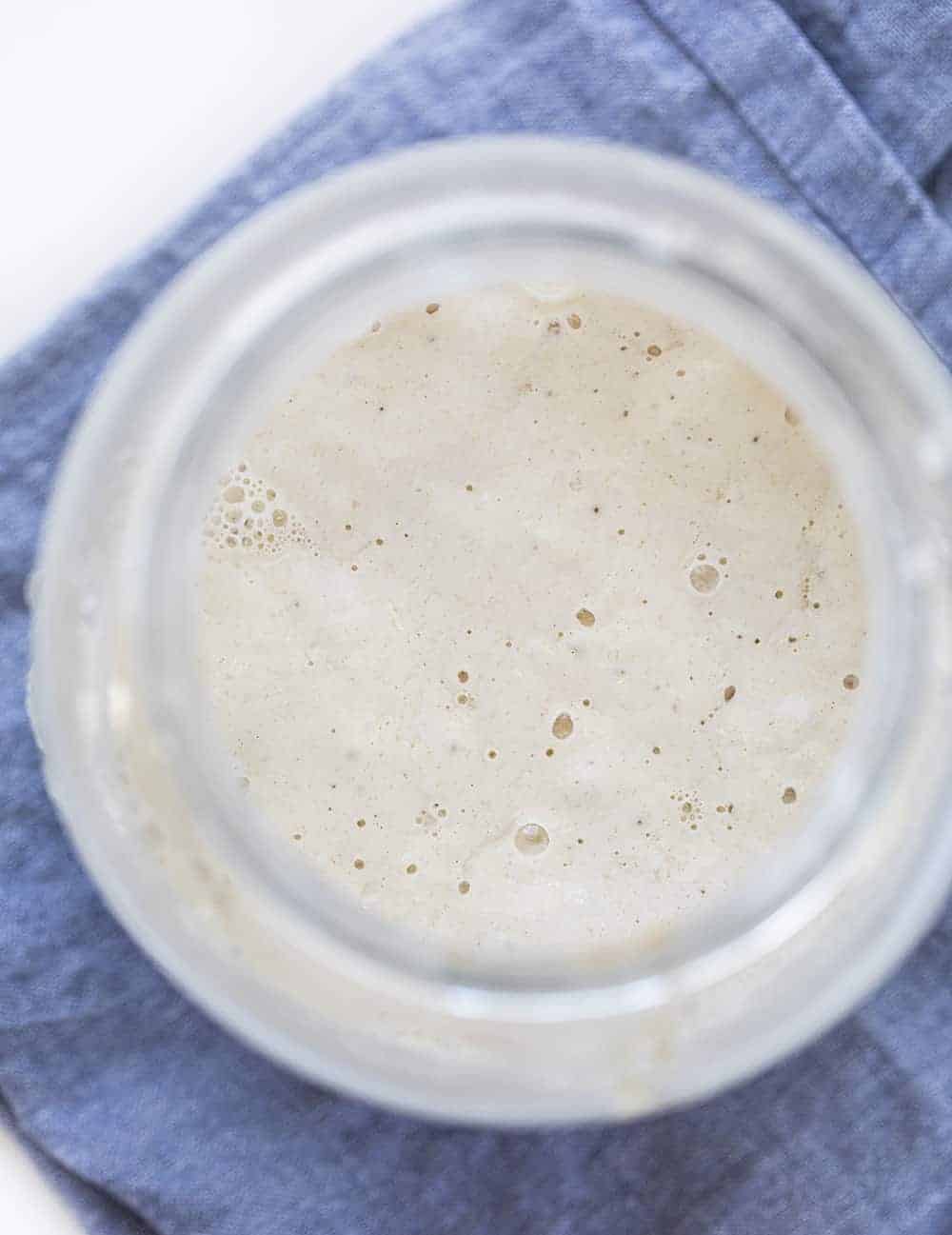
Getting your Sourdough Starter Started
Now if you want to bring science into it, the type of flour and type of water you use are important. They can produce a better product. But I am here to tell you that you can absolutely use all-purpose bleached flour from Dollar General and it will still be ok. Make sure you have the following materials and ingredients on hand:
- Jar & Lid – I prefer glass, you don’t want to use metal or plastic. If you don’t have a lid use a paper towel and rubber band. A good size jar to have on hand for a sourdough starter is a quart (32 ounces) or something close to that capacity.
- Flour – I prefer organic unbleached all-purpose, but also love whole-wheat and bread flour. Or, give rye flour a try.
- Water -Purified is best. Have chlorinated tap water (as most people do)? You can use bottled water or just set the water out uncovered for 24 hours before using it to feed your starter. This allows the chlorine to evaporate so it won’t kill the wild yeast.
That’s it for supplies! Now, let’s get to making the starter.
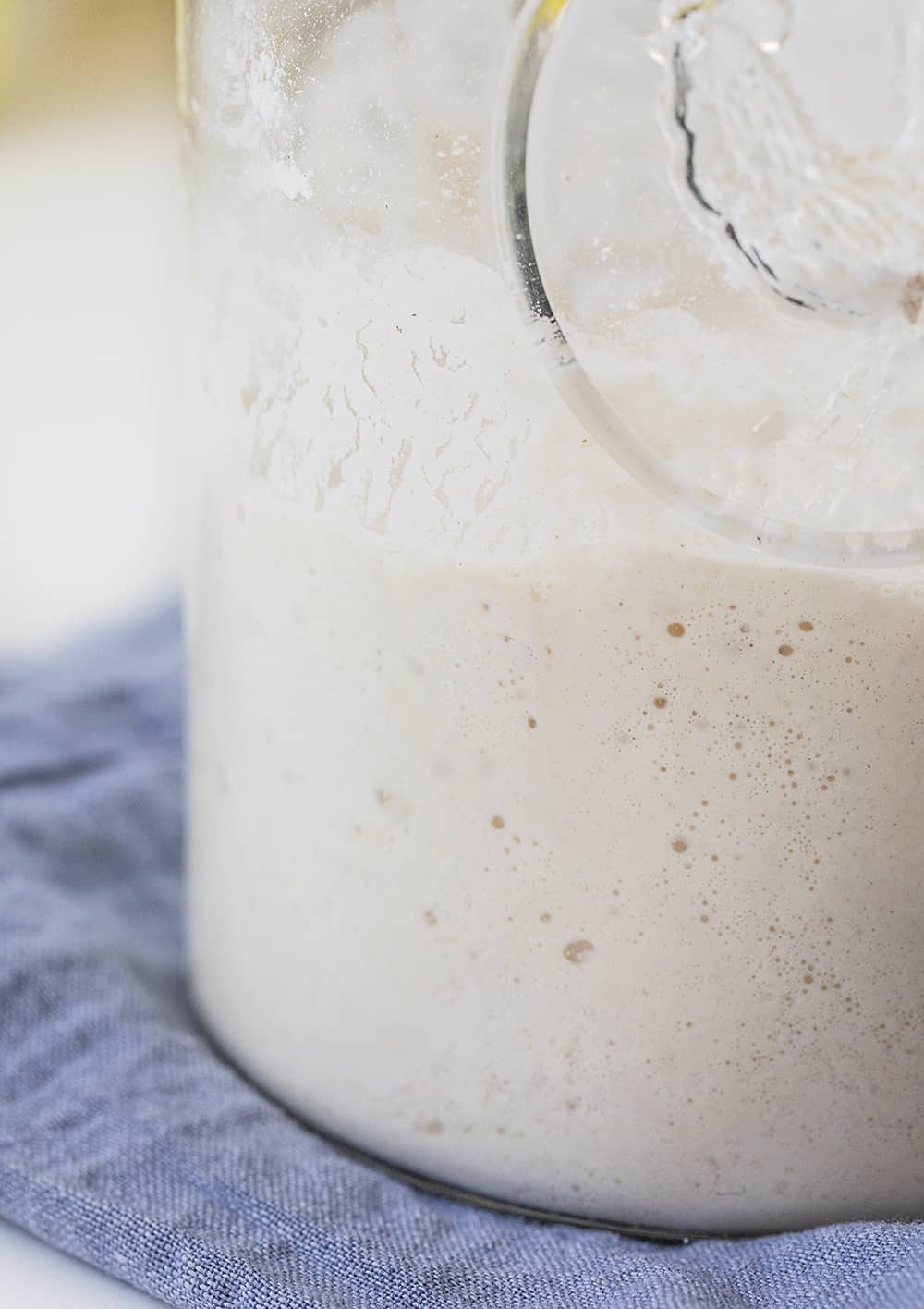
How to Make a Sourdough Starter
Remember these amounts: 1/2 cup flour and 1/4-1/3 cup water. These are the only measurements you will need to remember throughout this entire process of creating your sourdough starter. And trust me, you will use those measurements a lot with all the ‘feeding’, going on! After all, the goal is to get those microorganisms to work for that sour and fermented flavor that sourdough is known for.
To begin, add the flour and water to a jar and stir well. Try not to use a metal spoon. After all, Grandma said she always uses the handle of her wooden spoon to stir. Now gently cover the jar (do not seal it closed) and let it sit in a warm place (70°F is best) for 24 hours. The best option for a cover is a paper towel and rubber band. Or, just remember to keep the jar lid loosely sealed. Try to keep it in an area of your house that is somewhat warm. Very cool rooms tend to slow the action of a starter. Wait 24 hours before checking the mixture.
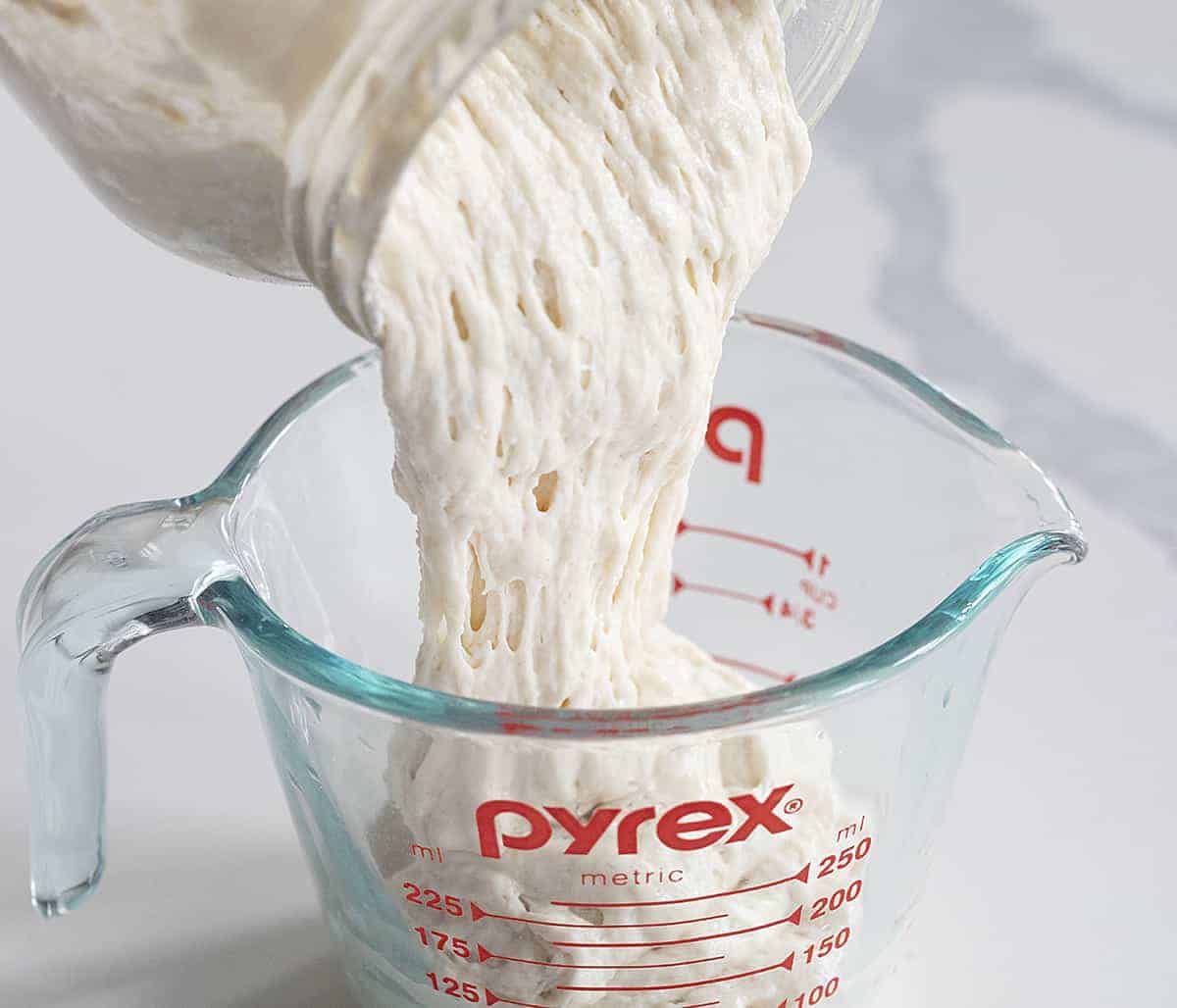
‘Feeding’ the Sourdough Starter
With sourdough starters, you will hear the term ‘feeding’. This is simply adding the flour and water to the mixture to keep the microorganisms working. Remember the measurements I told you to get ingrained in your brain? The 1/2 cup flour and 1/4-1/3 cup water is all you will need throughout the ‘feeding’ process.
Day 2: After 24 hours, check the mixture for bubbles. If you see bubbles, add the flour and the water, mixing it well, and let it sit for the next 24 hours. If you don’t see bubbles, do not get discouraged! It sometimes takes a couple of days for the science of it all to work. Just wait another day (or even two) until the first feeding.
Day 3: After another 24 hours, check for bubbles. If you do see bubbles, remove half of the starter, add the 1⁄2 cup flour and 1⁄4-1/3 cup water and stir thoroughly. Let sit 24 hours. Oh, and don’t get rid of the starter you removed! I will give you some ideas on how to use this in the end.
For the third feeding, remove half of the starter (but don’t throw it out!), and feed with 1⁄2 cup and 1⁄4 cup water, stirring thoroughly. Let sit 24 hours. (And yes, you can begin a new starter with the discard! Try adding a new kind of four! Or simply use to make crackers or pancakes.)
On days 4, 5, 6 you can feed it 2 times a day with those measurements that are sure to be memorized at this point😀. Continue this routine (discarding before feeding) until the starter is consistently bubbling and doubling in size within 8 hours of each feeding.
It is now ready to use for a perfect Sourdough Bread!
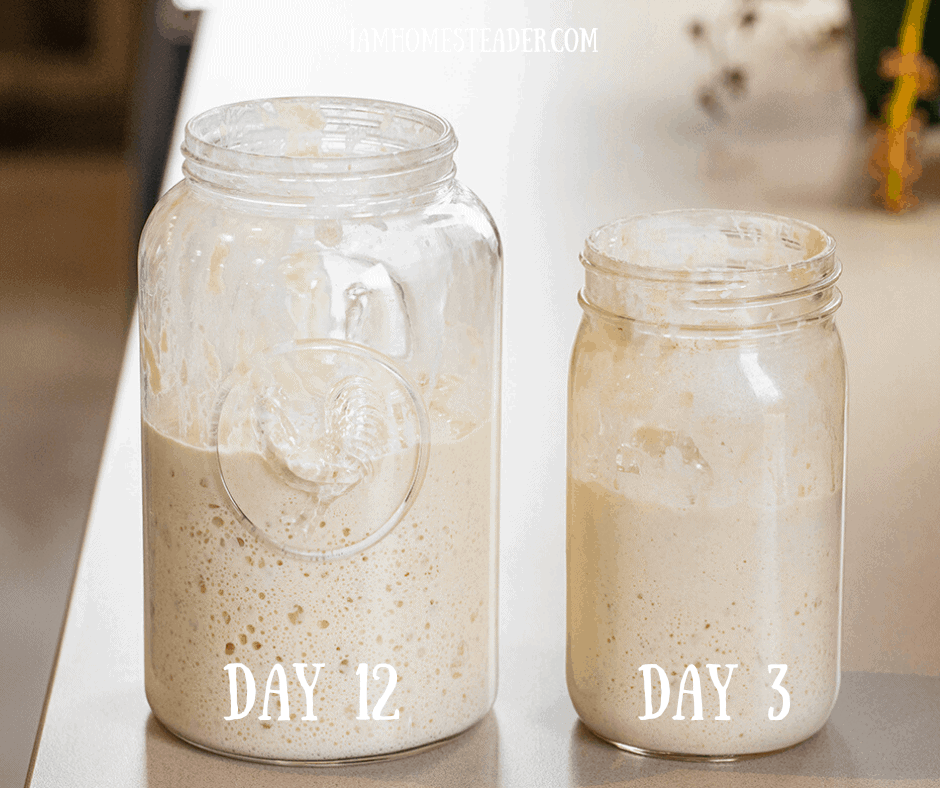
How to Store a Sourdough Starter
After all the feeding and you know you have a strong, active starter, you can store the starter in the refrigerator and feed it about once per week. When you plan to use the starter, pull it out of the refrigerator 24 hours in advance to feed it and allow it to warm up and grow.
These starters get better with age, so don’t think you have to use it right away! Sourdough starters are hearty, so they last quite a while. But, like all living things, it can get ‘sick’ or go bad. If it turns pink, red, moldy, or gets a really putrid smell, throw it out. After all, you now know how to start again!
What Flours Can You Use in a Sourdough Starter?
All grain-based flours will work beautifully in a starter. A few examples are:
- Rye
- Bread Flour
- Rice
- Whole Wheat
- Einkorn
Truesourdough.com has a great comprehensive guide to flours.
Vanilla and Bean has a great guide to Gluten-Free sourdough starter.
What to do with the Discard?
As I said, don’t throw out the sourdough starter that you remove each feeding time to make room for the starter to rise. Just make sure your sourdough starter is room temperature (about 70°F) before using it in baking. Here are some ideas on how to use (and enjoy) the excess sourdough starter.
- Sourdough Bread (not until day 6 or 7)
- Sourdough Pancakes (seriously SO GOOD!)
- Sourdough English Muffins
- Sourdough Brownies
- Sourdough Pretzels
- Cinnamon Rolls (the best!)
- Banana Bread
- Sourdough Crackers (like saltines)
- Sourdough Chocolate Chip Cookies
- Sourdough Pasta Noodles
As I mentioned, this is how *I* make a starter. King Arthur recommends 1 cup flour and 1/2 cup water and they suggest you weigh ingredients with a scale. (This is the same equivalent that I use, just doubled.) Pro Home Cooks has a great free downloadable Sourdough guide for those who really want to understand the science behind it.
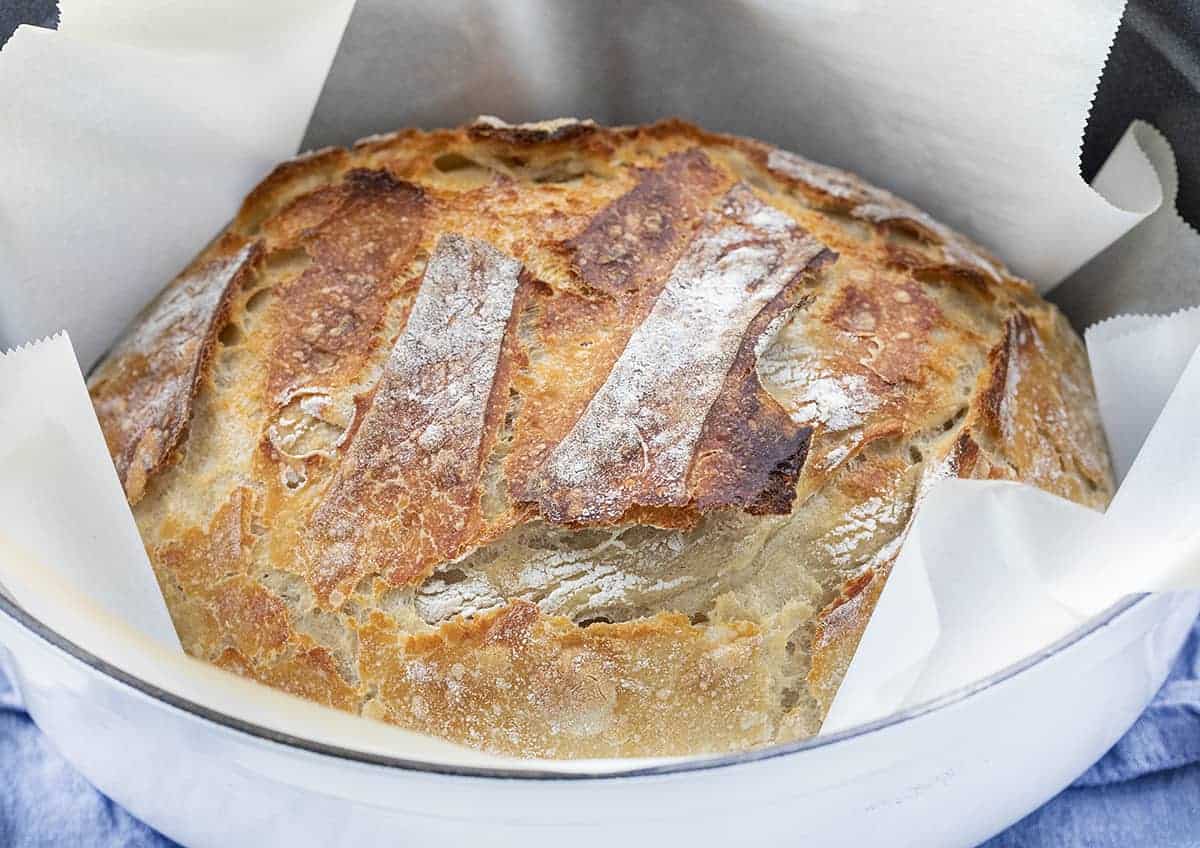
Here is the recipe for Simple Sourdough Bread!
More Sourdough Recipes
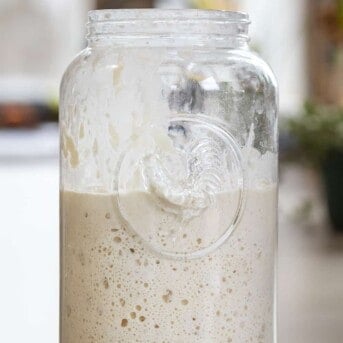
Sourdough Starter
Ingredients
- ½ cup flour, whole wheat or unbleached all-purpose
- ¼-⅓ cup water*, 75°F is ideal
- 1 glass jar, or bowl (about 32 ounces)
- 1 paper towel
- 1 rubber band
Instructions
TO BEGIN
- Start the process by adding ½ cup whole wheat flour and ¼ cup water to the jar. (If you need more flour to reach a pancake batter consistency, you can add up to ¼ cup more.) After letting it rest for 30 minutes, stir the mix with a wooden spoon. Set aside until the first feeding.
THE FIRST FEEDING
- Stir thoroughly and cover with a towel and rubber band. Let sit for 24 hours at room temperature. (Try to keep it in an area of your house that is somewhat warm. Very cool rooms tend to slow the action of a starter.)
- After 24 hours, check the mixture for bubbles. If you see some, add ½ cup all-purpose flour and ¼-⅓cup water. If you don’t see bubbles, give it a stir and let sit 24 more hours.
THE SECOND FEEDING
- Check for bubbles again. If you do see bubbles, remove half of the starter, add ½ cup all-purpose flour and ¼-⅓ cup water and stir thoroughly. Let sit 24 hours.
THE THIRD FEEDING
- Remove half of the starter, and feed with ½ cup all-purpose flour and ¼ cup water, stirring thoroughly. Let sit 24 hours.
ADDITIONAL FEEDINGS
- On days 4, 5, 6 you can feed it 2 times a day, if you want and plan on using it.
- Continue this routine until the starter is consistently bubbling and doubling in size within 8 hours of each feeding.
- From this point (or even on day 5), you can store the starter in the refrigerator and feed it about once per week. When you plan to use the starter, pull it out of the refrigerator 24 hours in advance to feed it and allow it to warm up and grow.
Video
Notes
Did you make this recipe?
You can tag me at @iamhomesteader.
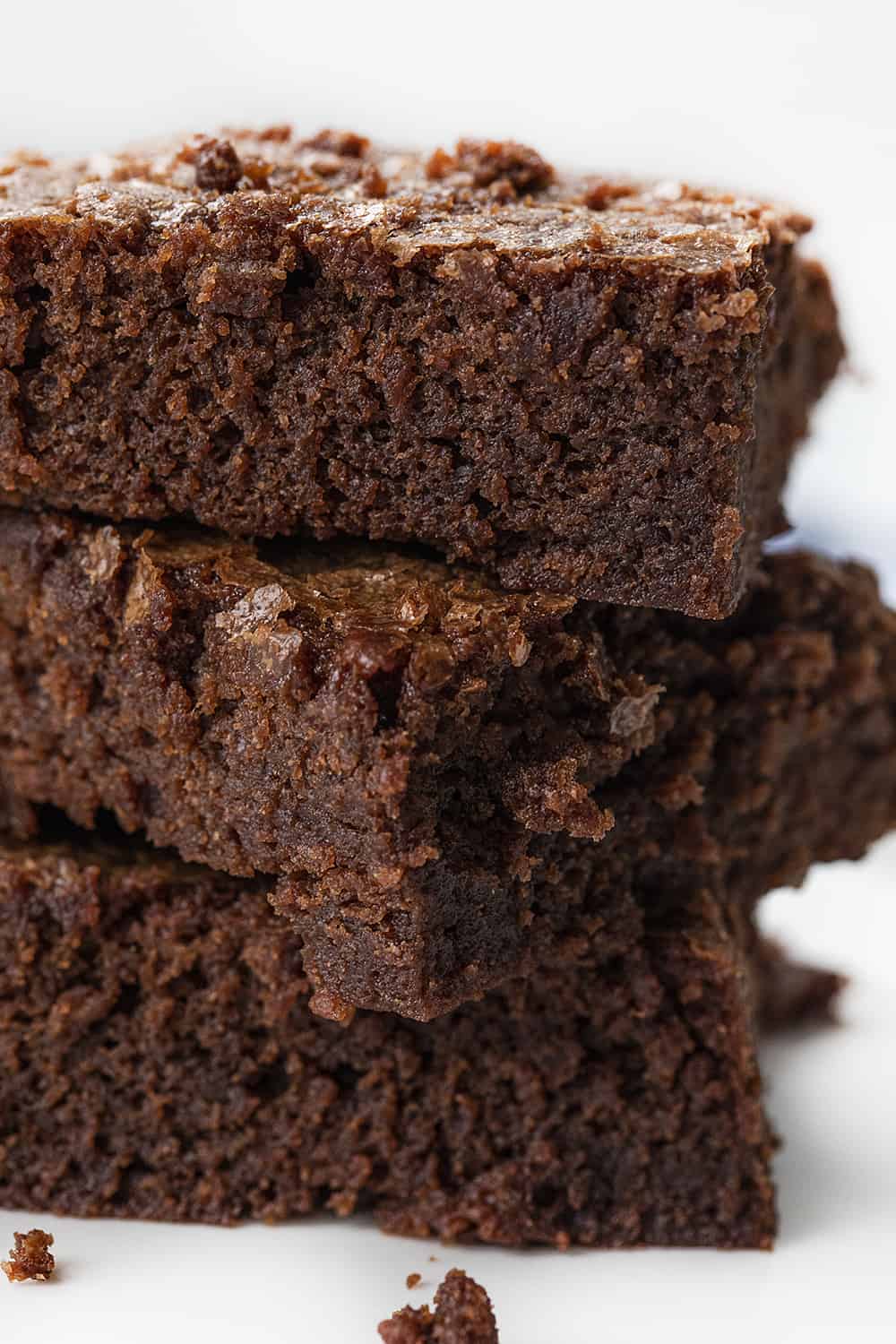
I used this starter to make seriously decadent Chocolate Sourdough Brownies!
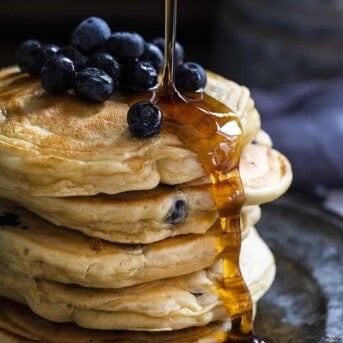
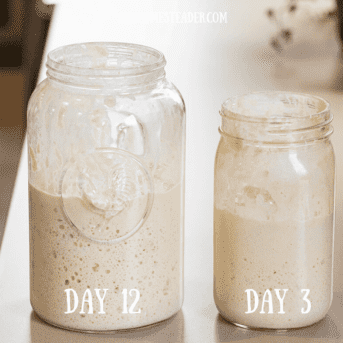
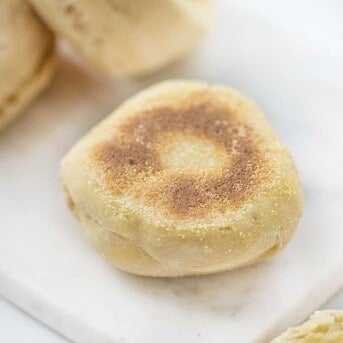
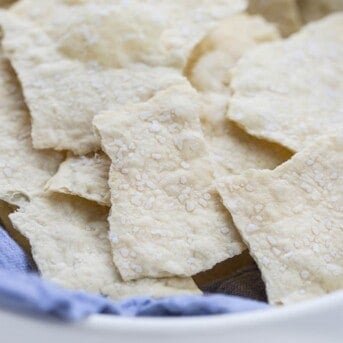
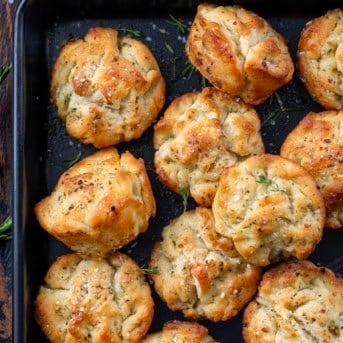


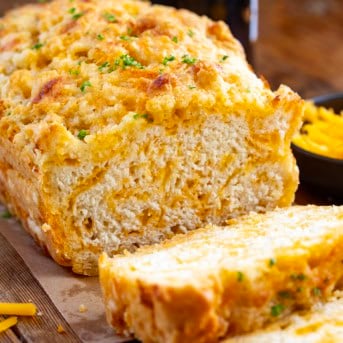
I’m new to this but so excited I tried your recipe. I’m doing one whole wheat and one white flour l.
Day 4 and I’m doing great so far… one question, do you put it in the fridge now or wait until after day 7?
Thanks for clarifying!
Ps. I used the discard for waffles per your recommendation – delish!
Is it normal for mold to start growing or do I need to start over?
Mold is not good. 🙁 Yes, I would start over.
Okay soooo I didn’t know the towel was mandatory and did the first day with the normal lid screwed on. I still saw bubbles after 24 hours can I keep going or should I start over? Also how long do you do the starter before you can start making bread.
Quick question when you get to the point where you refrigerate it and feed it once a week do you also discard once a week? Thank you you’ve made this so simple I’ve just started today glad I found you.
I do not owe a Dutch oven but could I make bread in a cast iron with a lid? Also once you get your starter going do you have to use the same kind of flour every time to feed it?
I do not owe a Dutch oven but could I make bread in a cast iron with a lid? Also once you get your starter going do you have to use the same kind of flower every time to feed it?
Hi! My apologies if this was previously mentioned (I didn’t see it anywhere), can the discard be left out at room temperature and can I just continue adding the discard to it each day? Thank you in advance, super excited to learn about this process!
Yes! Mine sits on the counter most of the time. 🙂
When you are feeding it twice a day do you discard twice a day as well?
Just depends on why you are feeding twice a day.
Super bummed about this recipe. I’m a newbie. Never done this before. I followed the directions. The moment I mixed it, it was extremely dry. I thought that was normal. When I didn’t see bubbles 24 hrs later, I thought I’d wait another day. I had to throw it away. So much mold was growing. Following day I did 1 cup flour to 1 cup water and it has risen a little with bubbles. YAy!
Sorry you had that experience, Marie!
However, I’m not sure I understand. So you made the recipe, it was way too dry, yet within 24 hours it was so full of mold you had to throw it out? Mold grows in moisture, usually. My apologies for my confusion. I am glad you found a ratio that works for you!
I’ve been wanting to try sourdough recipes forever. What I really love about yours is you’ve made it so simple to understand for dummies like me. I enjoy making all kinds of bread for my family, so now I can add sourdough recipes to my repertoire.
During Covid lockdowns in 2020 I tried making my own sourdough starter multiple times using several different recipes. None ever worked out for me and I can’t really understand why. My family LOVES sourdough bread and it’s hard to find a good pre-made loaf. I came across your blog on Pinterest and decided to try again. I’m glad I did because so far it’s been successful! Hoping to be able to turn out some homemade sourdough bread here in a few days!
What can the discarded sourdough be used for
If you scroll up there is an entire section on what to do with discard. 🙂
I just started a sour dough starter. I was wondering after it is put in the refrigerator can you put a regular lid on the jar or do I need to keep the paper towel and rubber band on the jar?
Thanks
Tammy
If you add the lid don’t screw it down, have it at an angle so air can get in.
I have started over twice with my sourdough starter and the second batch smells really bad. I don’t know what to do? Or what i did wrong?
Thank you for this great recipe! This is my first time to make a starter. On days 4, 5, and 6 do I need to take 1/2 out each day or do I just feed it?
When your starter is going strong you’ll definitely need to remove some, or “discard” it.
Thank you Amanda! I’m hoping I haven’t messed anything up. I didn’t take any out on day 4. I’ll start taking some out today.
Super easy and I now have a very strong starter to bake sourdough tomorrow! Also made the cinnamon rolls with one of the discards and they were delicious 🙂
My starter stinks, and has brown watery liquid in top. Should I throw it out?
It shouldn’t smell bad. You may want to start over. However you could drain it and try to keep it going should it be mold-free.
On second feed, my starter smells too. Strong odor. I decided to continue the feedings or should I throw this out?
An odor in the beginning is common. Within a couple of weeks it should smell better! You can try feeding it 2x a day (and discarding 2x a day) and see if that helps.
From what I’ve read (this is my first time making a starter) the liquid is called “hooch” and totally normal. You just need to add more flour, you have too much water. And it is ‘sour dough’ so a slightly sour smell is normal.
In all the sour dough starter recipes I’ve seen..what do you do with the starter you take out to replace???
How do you prepare to bake the starter?
What if I didn’t start until the 5th day to start feeding twice a day and this is my 7th day. Do I need to go another day.